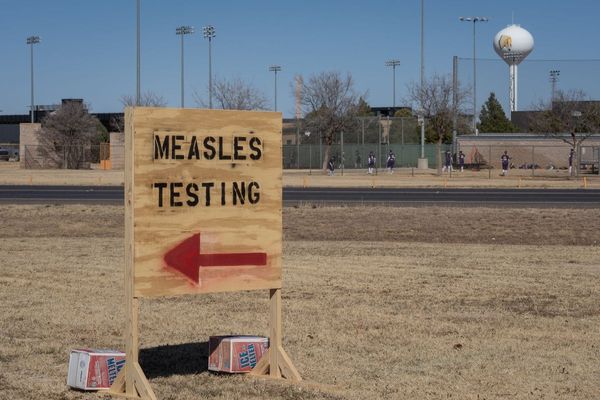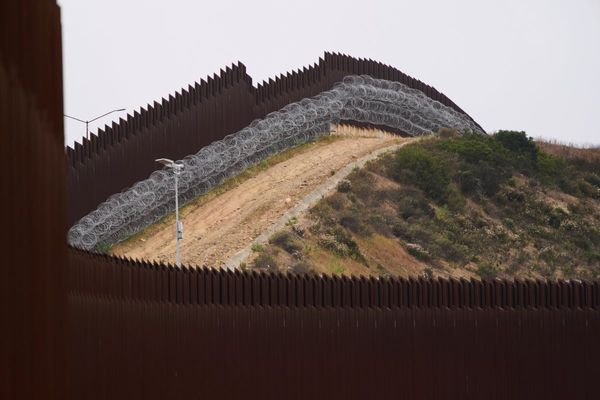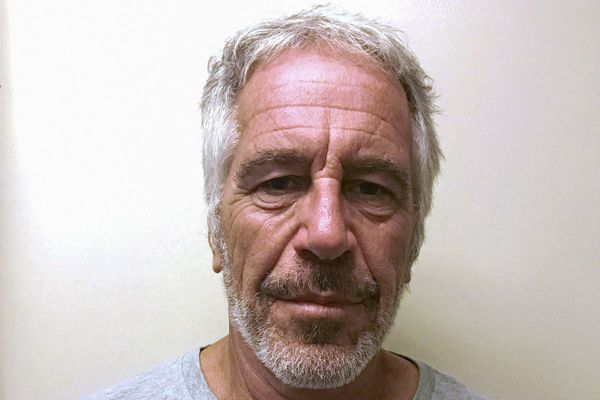As concern about how to curb monkeypox continues at a global level, the first few thousand vaccines against the disease have reached Victoria.
Unlike COVID-19 jabs, uptake of the monkeypox vaccine is not being widely encouraged, but rather directed at particular groups who are at high risk of contracting the virus.
So far, there have been 22 cases of monkeypox in Victoria, with seven of those remaining active.
Most have been returned travellers, but one case resulted from local transmission.
Here's what we know about how the rollout will look.
What do we know about the vaccine?
Victoria has been allocated 3,500 doses of the third generation JYNNEOS smallpox vaccine, which is one of two smallpox vaccines approved for use in Australia.
Due to high demand for the vaccine globally, supply is quite limited.
A complete vaccination requires two doses, delivered at least 28 days apart via injection, preferably into the upper arm.
Advice from Australia's federal health department suggests that, although the vaccine is most effective when given prior to infection, vaccination within 14 days of exposure to monkeypox is expected to reduce the severity of the illness.
Receiving the vaccine within four days of exposure provides the highest chance of avoiding monkeypox altogether.
A similar rollout of the vaccine has begun in New South Wales this week, with the state allocated 5,500 doses.
Although the vaccines are being organised by the Commonwealth, it is up to individual states and territories to decide how to allocate doses based on local risk factors.
Victorian Health Minister Mary-Anne Thomas said the arrival of the first tranche of vaccines from the Commonwealth was welcome, and the delivery of more was due later in the year.
Who is eligible?
Monkeypox can be picked up by anyone who has prolonged contact with another person with the virus, but at the moment the outbreak has disproportionately been affecting men who have sex with men.
The disease spreads between people through skin-to-skin contact, contact with infected surfaces or items and respiratory droplets.
While health authorities wait for more supply, strict eligibility criteria for the vaccine have been decided.
Ms Thomas said vaccines would be "distributed to the people who need them most as quickly as possible".
This means that, at this stage, those eligible are high-risk close contacts of existing monkeypox cases, lab workers analysing specimens from monkeypox cases, sexually active HIV positive or negative gay or bisexual men as well as sex workers with high-risk clients.
Men who have sex with men — including cis and transgender men who fulfil additional criteria set out by the health department — will also be eligible.
How can those eligible access it?
The vaccine will be rolled out at a handful of Melbourne health clinics, and the Victorian health department's advice for those eligible in regional areas is that the vaccine may be available via a local public health unit.
Those clinics earmarked to be part of the rollout are the Melbourne Sexual Health Centre, Thorne Harbour Health, Northside Clinic, Collins Street Medical Centre and Prahran Market Clinic.
Those people eligible to be vaccinated due to their exposure to a confirmed monkeypox case will have their vaccination organised by health authorities.
What's the latest on the spread of monkeypox?
At the end of July, Australia's Chief Medical Officer labelled the increasing presence of monkeypox in the country a "communicable disease incident of national significance".
That move followed the World Health Organization's declaration that the spread of the virus to more than 70 countries represented a global "public health emergency".
The disease has been associated with west and central African countries since it was first detected in but, since May, it has spread around the world.
There have been more than 26,000 cases reported across the world, with the majority in the US and Europe.







